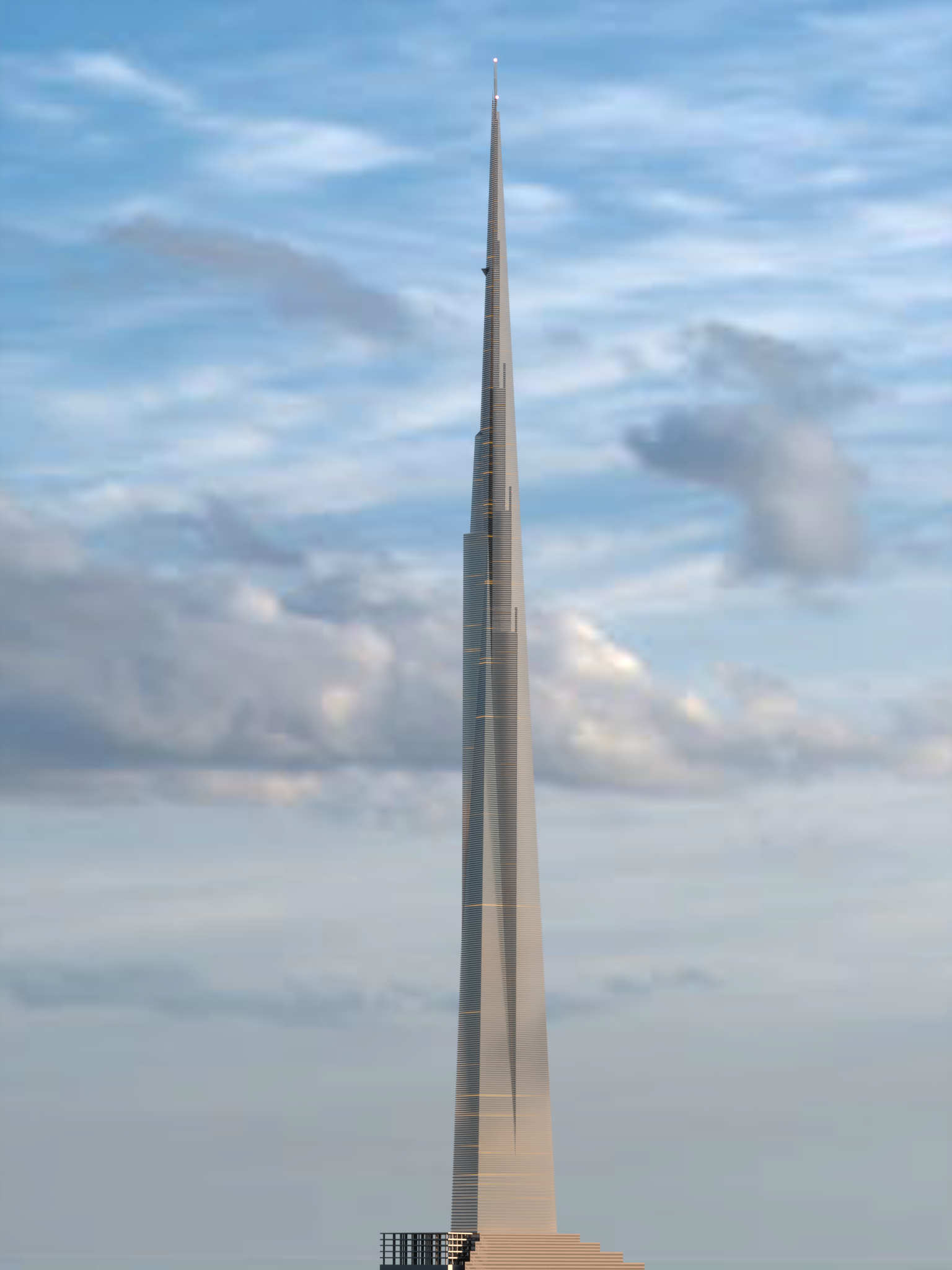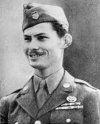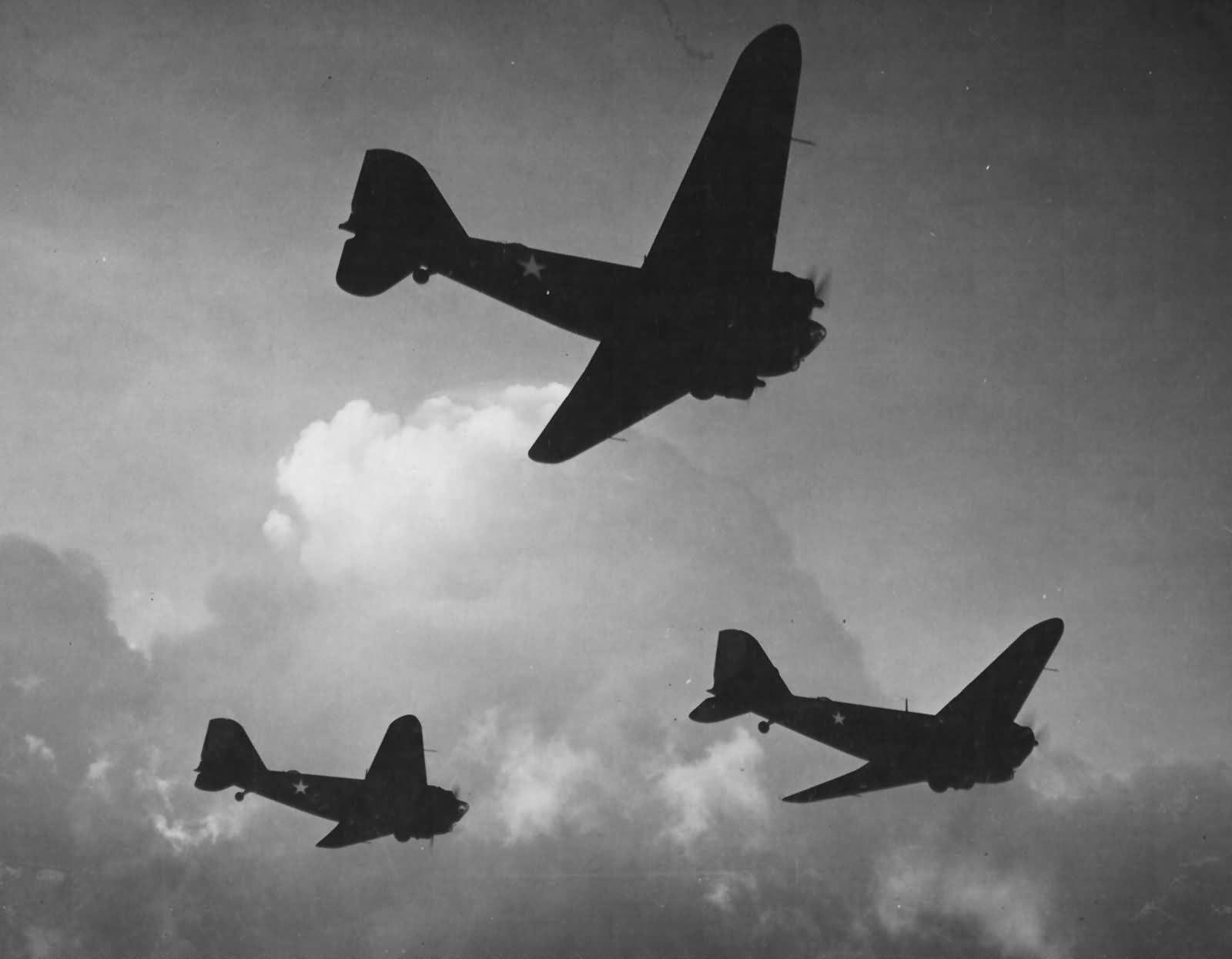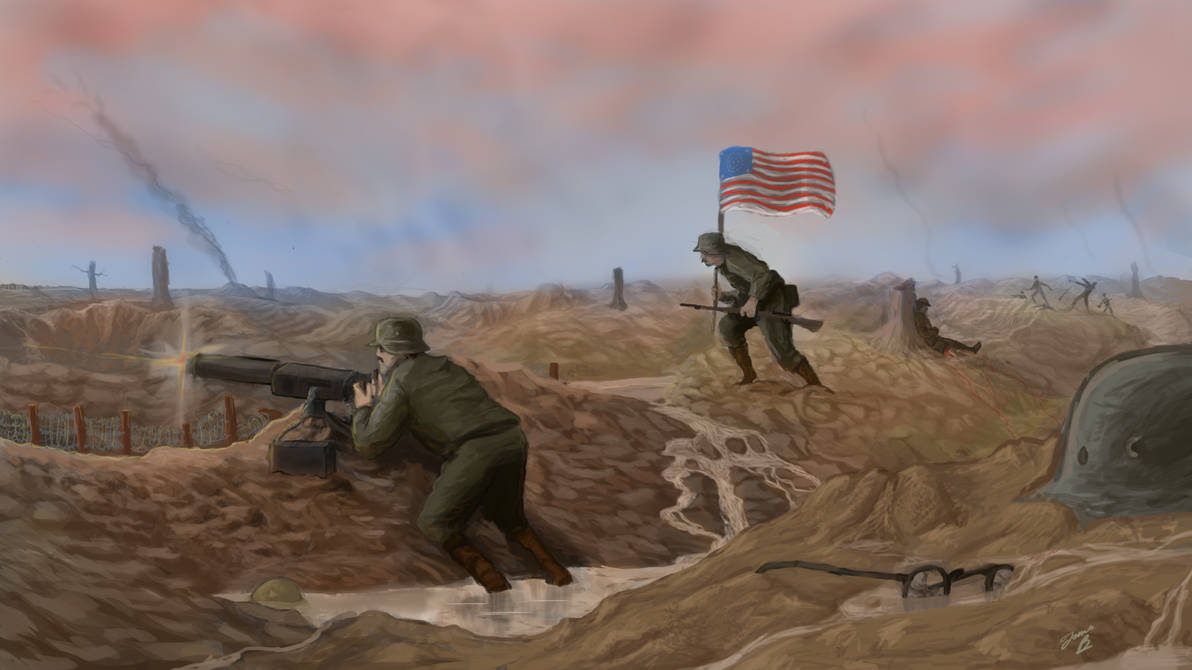Is that the Burj Khalifa?
The Remembrance Tower, formerly The Illinois is the world tallest skyscraper which is built between the 1980s-1990s and was designed and developed by Futurist architect Frank Lloyd Wright which commemorates the American vengeance in the wake of Second American-Confederate War in the 1880s.
You are using an out of date browser. It may not display this or other websites correctly.
You should upgrade or use an alternative browser.
You should upgrade or use an alternative browser.
Photos from Featherston's Confederacy/ TL-191
- Thread starter Alternatehistoryguy47
- Start date
-
- Tags
- the rising sun
No, it's a 3d model of a proposed tower by Frank Lloyd WrightIs that the Burj Khalifa?
I wonder if Hotel Attraction would have successfully been built in TL-191.
https://en.wikipedia.org/wiki/Hotel_Attraction
Oh yeah that’s The Illinois! As a Chicagoan I can tell you it’s a masterpiece in architectural design.
Kinda of late, but someone did a series about the Norwegian Front during the SGW, but apparently never got around to finishing it.Very nice!
This is probably the first time anyone has attempted to write down how the European theater is doing in TL-191 during SGW.
I hope to read more on this theater, including the Western front and other subfronts in or near Europe.

A German Fokker G. 110 heavy fighter intercepting a formation of British Avro Lancaster bombers during an air raid over Berlin, circa 1943.
If I'm planning a TL 191 Fanfiction is there a general lore thread?
As I want to ask a couple of questions & am trying to find the right thread to do so.
As I want to ask a couple of questions & am trying to find the right thread to do so.
I guess this and filling the gaps are your best sources on stuff.If I'm planning a TL 191 Fanfiction is there a general lore thread?
As I want to ask a couple of questions & am trying to find the right thread to do so.
Sweet.I guess this and filling the gaps are your best sources on stuff.
What I've been working through would be Russia deploying a Naval Squadron to San Francisco & New York during the Second Mexican war (How few remain). As I think the Russians have more to gain supporting the Americans against British and French interference, in light of their Crimean War experience. However, they would need to reinforce their Alyska holdings.
With those changes can the Union lengthen the war and is that enough to see Grant recalled to lead the Union Army?
It's an interesting idea, but it would come unstuck in practicalitySweet.
What I've been working through would be Russia deploying a Naval Squadron to San Francisco & New York during the Second Mexican war (How few remain). As I think the Russians have more to gain supporting the Americans against British and French interference, in light of their Crimean War experience. However, they would need to reinforce their Alyska holdings.
With those changes can the Union lengthen the war and is that enough to see Grant recalled to lead the Union Army?
the Royal navy would still massively outnumber any prospective Russian force, and Russia's poor organization would mean any ships they deploy would be of little to no consequence.
Not to mention Russia was fighting the Ottomans during this period, IIRC, so they'd not want to get into another war halfway across the world
Last edited:
That was me. Life got in the way.Kinda of late, but someone did a series about the Norwegian Front during the SGW, but apparently never got around to finishing it.
I wonder what professional wrestling would look like in post SGW America? Dowling makes a reference to it in RE but that's it.
Certainly Vince McMahon Jr won't exist because he's half Yankee/half johnny
I can probably see it becoming very popular in the post war Southern states because what else is there to do really.
Edit: more popular than it was OTL
Certainly Vince McMahon Jr won't exist because he's half Yankee/half johnny
I can probably see it becoming very popular in the post war Southern states because what else is there to do really.
Edit: more popular than it was OTL
Last edited:
Popular musician and band leader Glenn Miller. Rare amongst his Northern counterparts , he appreciated and replicated the syncopated music of the Confederacy's negroes. When the Second Great War broke out he toured many US camps playing his music , where several close calls eith enemy aircraft and AA caused him to develop a fear of flying. Never the less he continued touring with the USO and was present after the capture of Chattanooga where he pinned and performed his most famous song "Chattanooga Choo Choo" ( supposedly inspired by a US soldier asking a local the whereabouts of the train station ) . Sadly his fear of flying would prove justified as his plane was shot down somewhere over north Georgia during the drive on Atlanta, although many ridiculous conspiracies have circulated about his fate

Last edited:
William Brownlow , diehard East Tennessee unionist, after the failed uprising in 1861 he was imprisoned before being allowed to leave for the North. The Confederate victory did not temper his unionism however, advocating for the Union to "not forget her loyal children the that nest of vipers". His speaking tours were very popular amongst revanchist Northerners. Sadly he would not live to see his beloved Tennessee liberated from the Confederate yoke. His last words were apparently " I would arm every bobcat, every rattlesnake in the mountains , every tree and rock , the very devil's of hell to fight the confederates"

It was Parson Brownlows grandson William Brownlow III ( Pictured right) who would see his grandfather's dream fulfilled. When Union troops entered tennessee during the SGW, East Tennessee rose in rebellion , from Sevierville to Chattanooga, causing enough trouble for confederates so General Morells forces to run through Tennessee with a fair amount of ease. Brownlow was instrumental ln getting Tennessee readmitted into the Union and was appointed governor ( the US army was really in charge ) set up a police state to clamp down on confederate diehards and Freedomites. He would remain governor for the rest of his life, when his son William Brownlow IV became governor. To this day the Brownlow name is celebrated in East Tennessee and loathed in the more pro confederate parts

It was Parson Brownlows grandson William Brownlow III ( Pictured right) who would see his grandfather's dream fulfilled. When Union troops entered tennessee during the SGW, East Tennessee rose in rebellion , from Sevierville to Chattanooga, causing enough trouble for confederates so General Morells forces to run through Tennessee with a fair amount of ease. Brownlow was instrumental ln getting Tennessee readmitted into the Union and was appointed governor ( the US army was really in charge ) set up a police state to clamp down on confederate diehards and Freedomites. He would remain governor for the rest of his life, when his son William Brownlow IV became governor. To this day the Brownlow name is celebrated in East Tennessee and loathed in the more pro confederate parts
Last edited:
Private Desmond Doss, born in Lynchburg Virginia, to a family that was a part of the Seventh Day Adventist church, a small Millerite Sect that had made it's way to the CSA after the War of Secession. The SDA's were disliked by the protestant CSA as a whole for doctrinal differences and by the Freedom Party for their resistance to the regime in many ways. However when the Second Great War began , Desmond saw it as his Christian duty to do his part, as he put it " it wouldn't have been right to sit it out while the world was tearing itself apart". He joined the CS army as a medic , refusing to use a weapon, and would earn eternal flame and glory by rescuing up to 70 sounded CS and US soldiers during the battles around Fredericksburg, including jping into a river to save a wounded US soldier from drowning. The US soldiers dubbed him the Angel of Marie's Hights ( in reference to the first one) and Doss was eventually , begrudgingly, granted the Confederate Medal of Honor by Jake Feathers on himself.
He would be captured outside Appomattox in the last days of the war while dragging two wounded friends away from advancing union forces. He was miraculously recognized by a Union soldier he had saved. " I suppose God allowed me to be saved that day , since I'd done so much saving before"
After the War he would return home, rarely speak about his war time experiences until he was tracked down by veterans who he had saved from both sides to be properly thanked. These veterans would convene with him at his home every year as a sort of unofficial reunion. His story would be later immortalized in the film *The Angel of Marie's Hights* and his legend would be reborn
.
He would be captured outside Appomattox in the last days of the war while dragging two wounded friends away from advancing union forces. He was miraculously recognized by a Union soldier he had saved. " I suppose God allowed me to be saved that day , since I'd done so much saving before"
After the War he would return home, rarely speak about his war time experiences until he was tracked down by veterans who he had saved from both sides to be properly thanked. These veterans would convene with him at his home every year as a sort of unofficial reunion. His story would be later immortalized in the film *The Angel of Marie's Hights* and his legend would be reborn
.

East Tennessee Civil Defense force aka "Brownlow's Boys" during the Oxford uprising in 1962. Descended from the Unionist partisans from the SGW , these troops were often volunteered by their commanders to be used in suppressing Freedomite terrorists, often with very bloody results on both sides. When the Oxford Uprising began the ETCD's commander Harlen Hull ( a distant relative of former Radical Liberal presidential candidate Cordell Hull) was asked to mobilize his men and out them at the disposal of the US occupation force he said " When it is a question of war against Featherstons Fuckers , you can always count on East Tennessee sir". They employed a 'shoot first ask questions eventually' policy in and around Oxford, which brought protests from some members of the US govt but merely shrugs from Occupation command. To former Confederates they're merely a death squad

Child soldiers of The CSAs National assault force, either taken before or after their forced conscription into the doomed force. Thankfully the US dealt with them with a light forgiving hand as they had been forced into service . The children pictured below would survive the war and go on to great things.
Edit: ten alt history points to anyone who can name the pictures below lol



Edit: ten alt history points to anyone who can name the pictures below lol
Last edited:

A formation of USAF B-18 Bolo bombers on route to bomb targets in the Richmond-Petersburg Area, circa September 3rd, 1941. With the outbreak of war against the CSA, the United States Air Force would implement War Plan 601, which was drawn up in the 1930s as a plan to attack Confederate targets in the event of war. Taking part in this raid, where 28 B-17Cs, 58 B-18s, and 64 P-24 fighters would take part in this operation which was aimed at Industrial and Military Targets in the vicinities of Richmond, Petersburg, and Norfolk. The raid would see a few targets in Richmond and Petersburg being damaged as well causing some casualties on the ground. In Norfolk, the bombers had also targeted a few docked Confederate warships in the harbor as well as going after military and industrial targets within the city. Though the Union bombers managed to caused damage to the latter targets, they would only destroy the seaplane tender CSS Kitty Hawk while failing to cause significant damage to other ships such as the battlecruisers Jefferson Davis and Camp Hill. The Yankees would suffer the loss of 10 B-17s, 19 B-18s, and 12 P-24s, both to either ground-based Anti-Aircraft fire and to CSAF fighter planes with a few more aircraft returning home damaged.
Last edited:
Do you plan on making a post on the aerial campaigns anytime soon?
A formation of USAF B-18 Bolo bombers on route to bomb targets in the Richmond-Petersburg Area, circa September 3rd, 1941. With the outbreak of war against the CSA, the United States Air Force would implement War Plan 601, which was drawn up in the 1930s as a plan to attack Confederate targets in the event of war. Taking part in this raid, where 28 B-17Cs, 58 B-18s, and 64 P-24 fighters would take part in this operation which was aimed at Industrial and Military Targets in the vicinities of Richmond, Petersburg, and Norfolk. The raid would see a few targets in Richmond and Petersburg being damaged as well causing some casualties on the ground. In Norfolk, the bombers had also targeted a few docked Confederate warships in the harbor as well as going after military and industrial targets within the city. Though the Union bombers managed to caused damage to the latter targets, they would only destroy the seaplane tender CSS Kitty Hawk while failing to cause significant damage to other ships such as the battlecruisers Jefferson Davis and Camp Hill. The Yankees would suffer the loss of 10 B-17s, 19 B-18s, and 12 P-24s, both to either ground-based Anti-Aircraft fire and to CSAF fighter planes with a few more aircraft returning home damaged.
Share:
